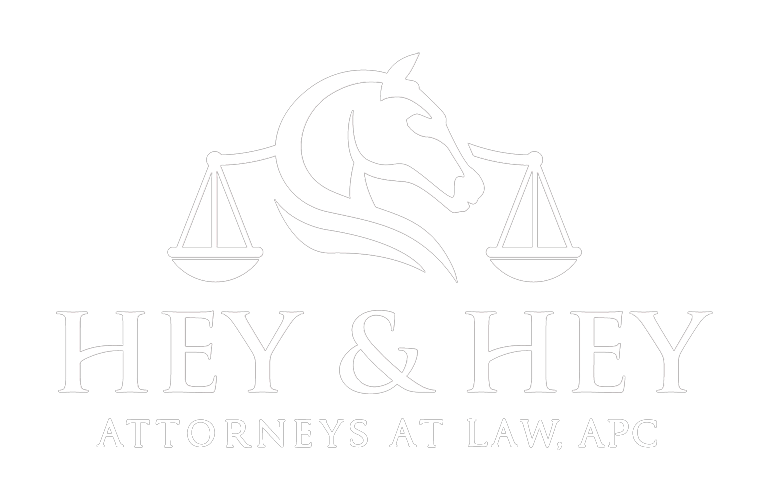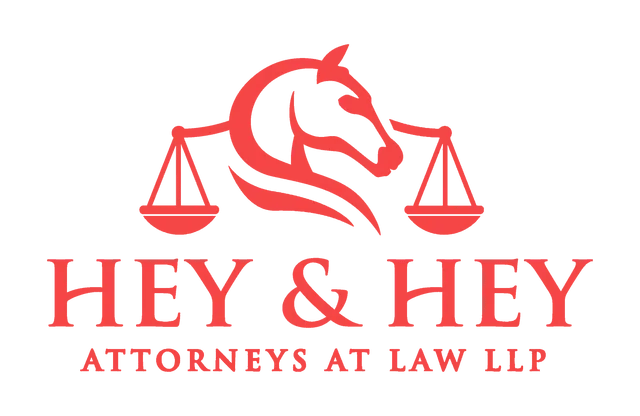Dealing with an Abandoned Horse or Non-paying Owner
In our offices at Hey & Hey, a California based law firm, we receive several phone calls a week seeking advice on what to do when a client refuses to pay, or worse, abandons a horse. We offer advice about what to do when faced with an
owner who stops paying or an abandoned horse.
Several options are available under California law, and three of these are detailed below. If you reside in another state, be aware that while there will be similarities, there can also be differences in livestock laws from state to state.
Download Our Guide
5 Actions Horse Property Owners Must Take to Reduce Their Business Risk & Liability
California Livestock Service Lien –
California Civil Code §3080 ET SEQ et seq.
This is a special type of possessory lien that the stable owner can place on the horse whose owner has stopped paying bills. It secures the owner’s contractual obligations to the stable for the board that has been provided, and allows the stable to retain possession of the horse until the outstanding board fees have been paid.
However, the expenses of this option might override its usefulness in recovering the money owed. The process of recovery includes foreclosing on the lien, and in California it can become quite expensive, as it requires the filing of a civil lawsuit. The stable owner must hire attorneys for the duration of what can often become a drawn-out and costly legal proceeding, and must also bear the expense of boarding the horse while the proceedings are in progress.
Once the lawsuit is complete, the court has the power to issue a judgment authorizing the sale of the horse. But such a judgment is only as valuable as the horse itself. In our fluctuating sales market, the sale of the horse may not cover the board and the expenses of the lawsuit.
Legal Help for Abandoned Horses
A Better Alternative
We frequently counsel our clients to ask the non-paying border to remove the horse from the property, and then file a small claims suit to collect the money owed.
The benefit of this approach is that the stable owner can often do most, if not all, of the legal work, substantially reducing any expenses that have to be paid to an attorney or outside party. The small claims system in California is very straightforward, it allows for an individual or sole proprietor to bring a claim of up to $10,000, recently raised from $7,500.
However, keep in mind that a business entity, such as an LLC or Corporation, can only recover $5,000. Additionally, with a proper boarding agreement that includes eviction provisions for non-payment of board, the stable operator can compel the owner to remove the horse. Stable operators are often happier in the long run with this approach than they are with foreclosing on the livestock service lien.
An Abandoned Horse
If the horse owner has stopped paying board and cannot be reached, the stable operator must try to make contact through first class mail and registered mail. If both letters are returned and the stable operator has no other way to contact the owner, the horse can be considered abandoned.
However, to protect against future claims, the stable operator must go through the lien process detailed above.
At this point the stable operator can contact the county Animal Control office, keeping in mind that because of the high cost of keeping a horse, Animal Control is often reluctant to take one. If this is the case, the stable operator may need to be quite insistent.
As an alternative to Animal Control, the stable operator might contact a horse rescue agency. Such agencies vary in policy and sometimes have waiting lists, but they are often willing to take an abandoned horse.
If you are faced with an owner that will not pay the bills or an abandoned horse and you have further questions, Polly Hey can be reached for a free consultation at 650-250-0549 .

